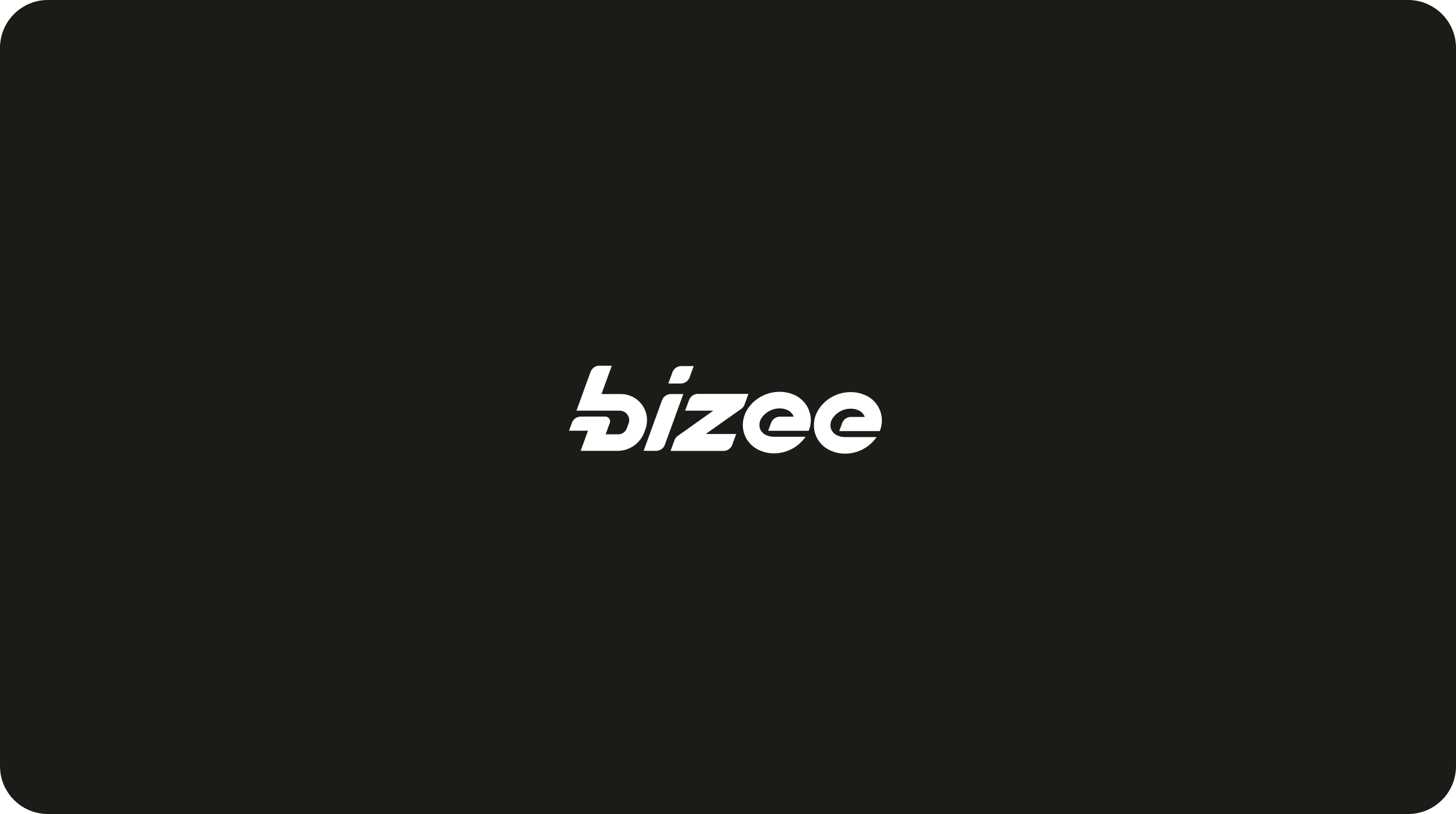Please note: This post contains affiliate links and we may receive a commission if you make a purchase using these links.
Table of Contents:
For many business owners, entrepreneurs and influencers, a digital presence isn’t just a means of marketing their products and services. It’s their entire business.
Even if your business doesn’t rely solely on your digital presence, your website, online store, blog, social media presence and email marketing efforts are a crucial aspect of how you connect with potential leads and generate revenue.
While your digital presence is an immensely powerful tool at your disposal, it can also be the source of intense frustration if it’s compromised. Protecting your brand’s digital presence means taking necessary steps to secure your online accounts, protect your information and continually validate the integrity of the business you’ve created.
The Value of Your Digital Presence
When your digital presence doubles as your business itself (or at least a large portion of it), protecting yourself from things like copyright infringement, identity theft and information theft is an integral part of maintaining your brand.
Modern business owners should become well-versed in cyber protection and security, arming themselves with the tools they need to lock down their various platforms, and the information held therein, from hackers, dishonest content creators and even disgruntled former employees.
Your digital presence is your brand’s first impression and primary source of connection with your customers. Don’t let it get compromised due to a lack of proactive planning on your part.
Preventing Copyright Infringement
Your brand is represented on your website, social media and other digital platforms by the content you create and the way you’ve carefully chosen to address your audience. Businesses spend thousands of dollars and countless hours curating the content that represents who they are and what they do.
To prevent copyright infringement, begin by brushing up on copyright law for businesses, specifically in cases of intellectual property and electronic content ownership. If your brand is operating as a business entity like an LLC or S Corp, make sure you know what rights apply to your specific situation. Gathering the knowledge you need to understand your rights and recourse is crucial if another site suddenly pops up sporting your tagline or logo.
After you’ve established a working knowledge of copyright law, it’s time to start putting protections in place. Be prepared to combat copyright infringement in two areas of your business.
Business Content
This is copyright infringement that involves the content on your own site, such as landing pages, site images, taglines and logos. Protect yourself by including a statement on your website and obtaining copyright documentation when possible.
Client Content
If you provide mock-ups or other deliverables to clients, this is the copyright infringement that occurs when they claim your hard work as their own. You can prevent this by including specific statements of ownership and intellectual property in your contracts, as well as placing a watermark over any content or images you submit to clients prior to payment.
Avoiding Information Theft
Unlike copyright infringement that can be glaringly obvious to a watchful eye, information theft can happen without any overt site breaches. Information theft occurs when the data on your site, including passwords, account information and other identifying factors are stolen.
While you can be the victim of information theft without your customers ever knowing, the integrity of your business will be compromised. To prevent information theft, you’ll want to protect yourself from phishing, pharming and other forms of vulnerability by:
- Limiting the administrators allowed on accounts
- Deleting old accounts that are no longer in use
- Searching for fake accounts
- Securing Wi-Fi networks
- Updating passwords frequently
- Avoiding suspicious email attachments
- Using encryption software when appropriate
- Deploying antivirus and anti-malware software
Detecting data breaches doesn’t always happen right away, but developing a process to prevent them from occurring in the first place is the best form of protection and mitigation.
Protecting Yourself from Identity Theft
While information theft and identity theft seem similar, identity theft takes the security breach to a whole new level. Identity theft can also strike the accounts associated with your own business, in addition to the accounts held by your customers. That’s a PR nightmare you need to diffuse at all costs.
To protect yourself and your customers from identity theft, start by enabling two-factor authentication for all the accounts held by your business. If your site offers a login feature for customers or clients, create a two-factor authentication option for them as well.
You can supplement this feature with a strong password requirement. Encourage all users, business and customer alike, to create unique passwords of at least eight characters that include symbols and numbers.
Identity theft can also occur on your social media platforms. That’s why it’s important that you limit who has access to your accounts. Using a social media posting platform that uses one login to post content to various platforms is a great way to mitigate the risk of a hacker commandeering your accounts.
Plan Ahead
Have a plan in place that involves reaching out to inform and reassure customers in the event of a data breach. You should also create a plan to reclaim your data and ownership of any content taken by unauthorized third parties. Having a procedure in place can provide much-needed peace in a time otherwise characterized by chaos.
Any time your information is compromised or stolen, the integrity of the business that you’ve worked hard to build is placed on the line. It’s in your best interest to establish a data security and information protection plan that utilizes the best forms of technology to protect you from the worst sides of doing business in the digital world.

like what you’re reading?
Get Fresh Monthly Tips to Start & Grow Your LLC






